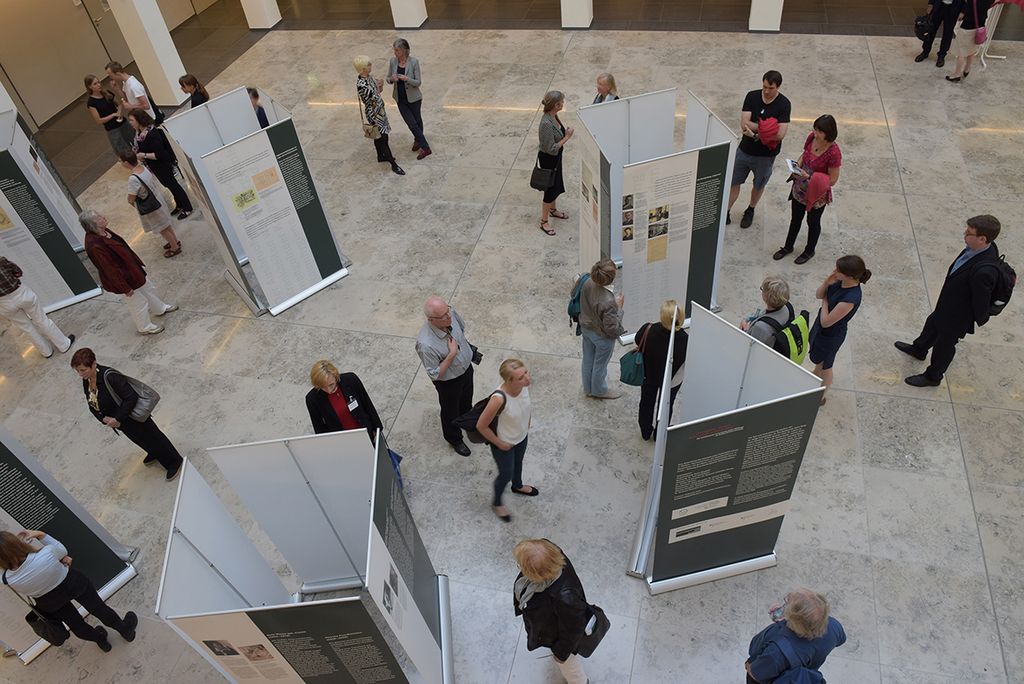This exhibition, first shown in 2016, explores the work of the prisoner medical staff in the Ravensbrück women’s concentration camp between 1939 and 1945. It also looks at the conditions in the infirmary of the men’s camp. The SS used male and female prisoners from all over Eastern and Western Europe as doctors and nurses. Their position as prisoner functionaries required them to perform an on-going balancing act between the orders of the SS, their own self-preservation, and the needs of the sick.
Injured and sick prisoners assessed their work in a wide variety of ways, as documented in the accounts by survivors. Though their efforts on behalf of their fellow prisoners were acknowledged, they were sometimes also held partially responsible for the neglect of sick prisoners, selections and murders.
The exhibition revolves around not only the specific practices of the medical personnel but also the survival strategies of the sick male and female prisoners and their perception of the activities in the infirmary, which were reflected in reports, letters, poems and drawings.
The focal points include the medical care provided by the prisoner staff, the survival strategies and self-assertion of the imprisoned female and male doctors and nurses, and their confrontation with medical ethics issues. Selected biographies of the prisoner staff and patients contextualise and concretize the history of medical care in the Ravensbrück concentration camp.
Exhibition developed by the Working Group for Women’s Health in Medicine, Psychotherapy and Society and the Ravensbrück Memorial.
The exhibition was sponsored by the German Federal Cultural Foundation, the Federal Ministry for Family Affairs, Senior Citizens, Women and Youth, the Federal Ministry of Health, the Federal Cultural Foundation, and the Brandenburg State Ministry for Labour, Social Affairs, Health, Women and Family Affairs.
The exhibition comprises 25 roll-ups in German.
A book to accompany the exhibition was published in 2017 by Metropol Verlag, Berlin.


